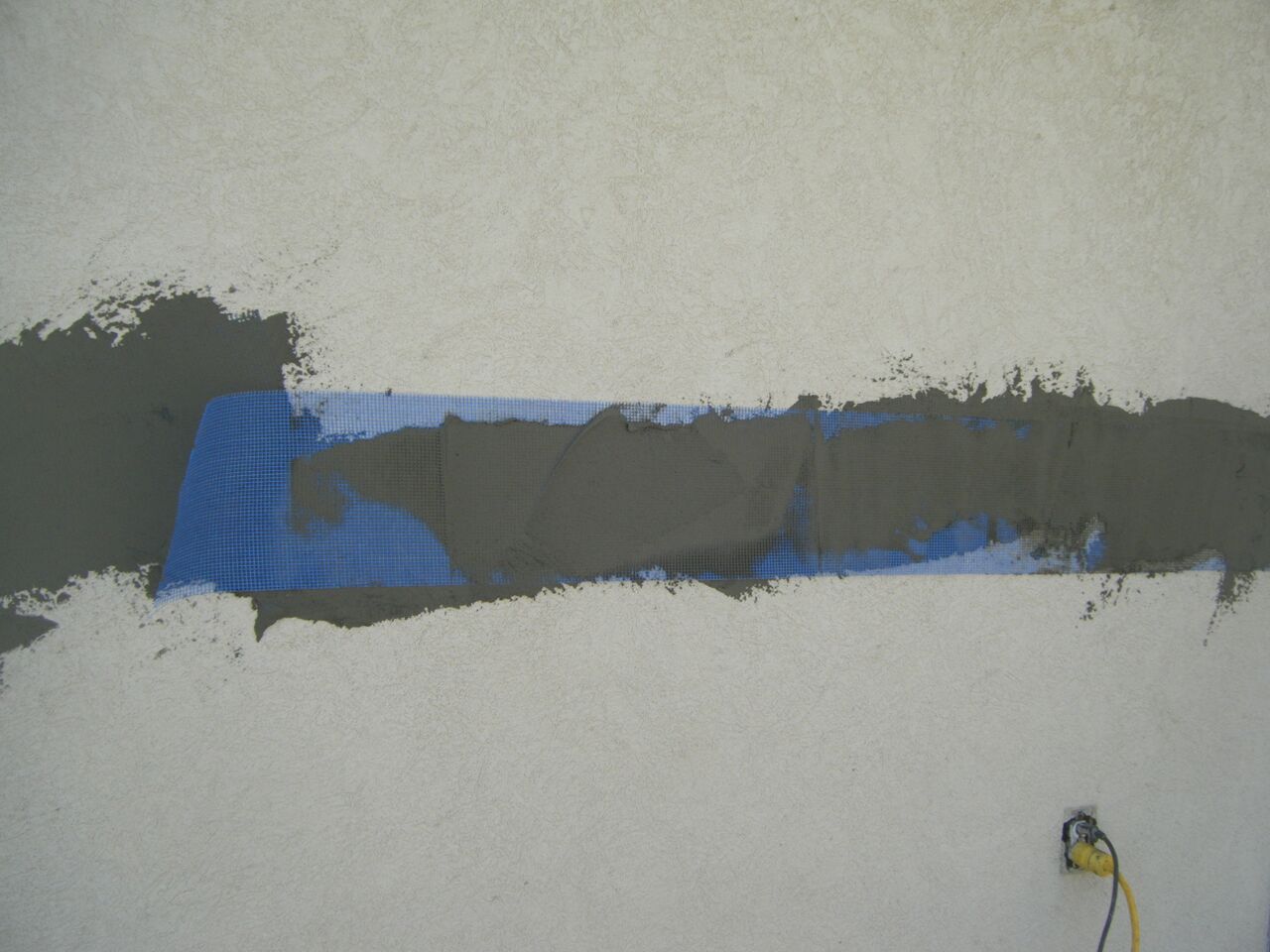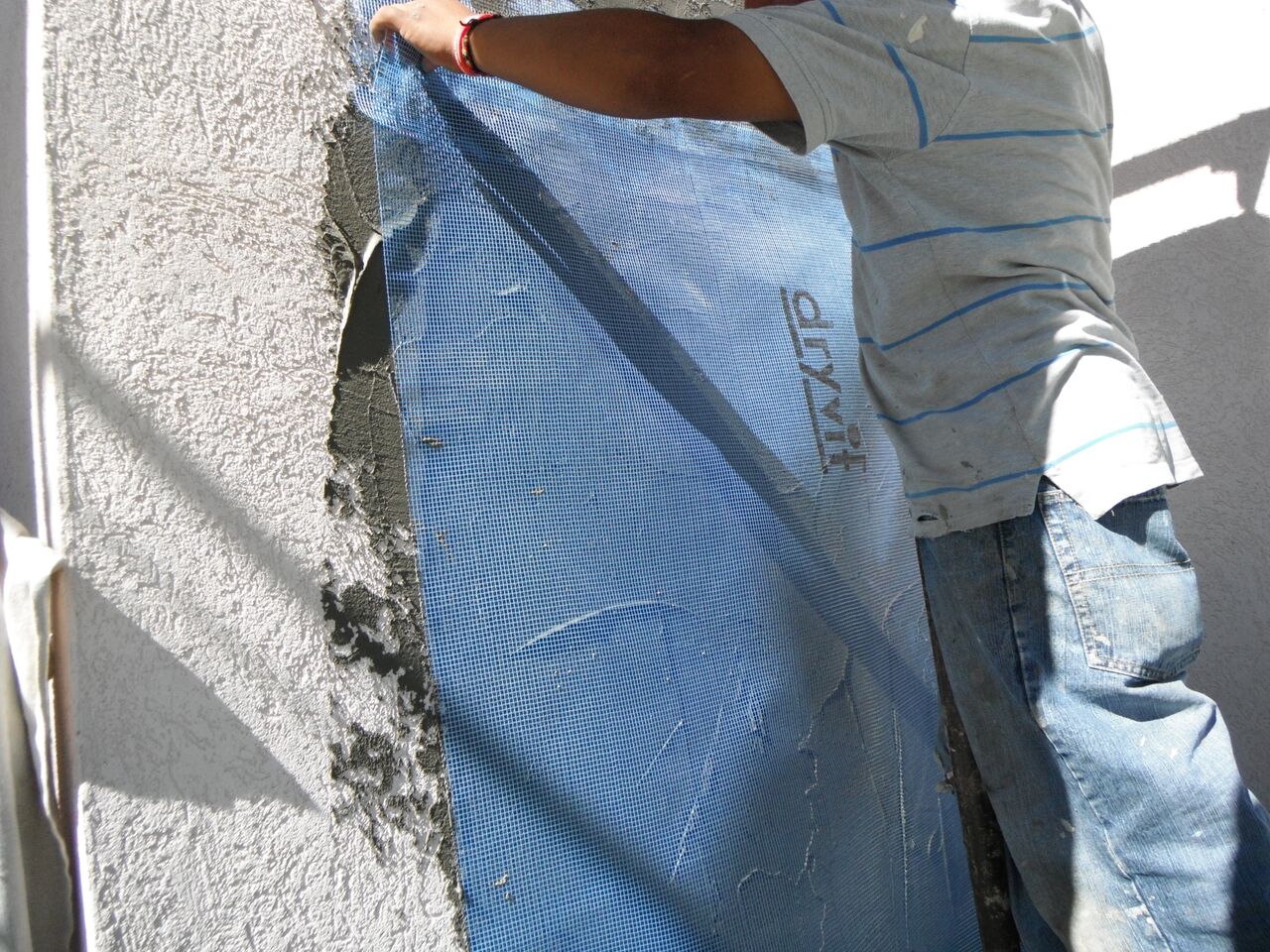In the heart of winter, Utah's landscape transforms into a picturesque scene right out of a holiday card. But beneath the calm, frosty exterior, the season's icy grip poses a tangible threat to the durability of stucco exteriors on homes throughout the state. The distinct properties of stucco, while ideal for handling the arid climate of Utah, encounter unique challenges when the temperatures plummet.
One of the prime factors that compromises stucco during cold periods is the freeze-thaw cycle. This cycle begins when water permeates the porous surface of the stucco and then expands upon freezing, causing microfractures to form within the material. Repeated freezing and thawing can exacerbate these cracks, eventually leading to significant structural damage if left unaddressed.
To shield stucco from the harsh winter elements, homeowners are advised to engage in preventive measures. Proper maintenance includes sealing any visible cracks with a high-quality sealant to prevent water ingress. Keeping gutters and drainage systems clean and functional ensures that excess water is directed away from the stucco walls, reducing the risk of water seeping in and freezing.
Regular inspections, especially after a snowfall or freeze event, can be pivotal in identifying potential issues early on. If smaller patches of damage are spotted, quick repairs may forestall more extensive deterioration. Furthermore, homeowners may consider consulting with professionals who can assess the stucco and apply advanced protective coatings that repel water and enhance the barriers against the cycle of freezing and thawing.
Ultimately, the longevity of stucco siding in Utah's winter hinges on vigilance and proactivity. By understanding the vulnerabilities of stucco to winter's whims and employing strategic measures, homeowners can maintain the aesthetic charm and structural integrity of their stucco homes even as the temperatures plunge.
Stucco is a gorgeous option for any home’s exterior. It’s durable and attractive, making it a wise choice throughout Utah. Even with stucco’s amazing quality, it is still susceptible to the forces of nature. Utah’s winter has been intense to say the least, especially if you live in the northern area of the state. The Great Salt Lake and all our other bodies of water will be grateful for the heavy snowpack come summertime, but our homes may not love it so much. Many homes across the Wasatch Front are likely to experience some sort of water damage from the melting snow, but we’re here to help.
Stucco resists moisture, but there is certainly a tipping point. If you notice bumps on the surface, those are early signs of water damage. If you don’t treat these areas quickly, your stucco can delaminate, which causes pieces to fall off. Once these pieces fall off, it exposes areas underneath the stucco, allowing more water to get in and more damage to occur. Sometimes this damage can lead to dry rot, which is usually an extensive and costly repair. If you notice bumps on your stucco, don’t attempt to simply patch it up unless you know for certain it will treat the whole problem. Rather, contact our professionals for an assessment and a moisture test. A professional knows what to look for to ensure you’re getting to the root of the problem. Often, the moisture is coming in from somewhere completely different than where the issue is visible, and in order to repair it correctly, the work needs to take place at the source. A proper assessment ensures the damage is treated at the root cause, so the same problem doesn’t occur over and over again.
In addition to fixing the cosmetic damage, a proper remedy may include the application of a drainage plane material to prevent more water from entering, the application of a vapor barrier to prevent vapor migration, improving sealant or implementing additional sealant, patching the areas where stucco has fallen off or is loose and cracking, and/or modifying weep screeds to ensure water is draining properly. Depending on the severity of the issue, one or all solutions could be required. Because of possible hidden issues, an expert is best for these repairs.
Repair costs will depend heavily on the extent of water damage and what materials will be needed. The good news is that often these repairs can be covered by your homeowner’s insurance. If you have a flood insurance policy, you’re likely doubly covered. If you notice any damage on your stucco, even if it’s slight, don’t delay. Get us out to your property for an assessment and tackle the issue before it becomes a major ordeal. Sometimes stucco can be damaged so badly, the only solution is replacement. We can help determine the best approach for your situation. Keep a lookout on your property while all this snow is melting and reach out to us with any concerns—even those beyond stucco.
Cracks happen. You can’t avoid them with stucco, but if you act quickly, you can minimize damage — and the cost of stucco repairs.
Why does stucco crack? If it’s not due to something obvious, like an earthquake or a foul ball, you have to rely on some crack anatomy for your diagnosis.
Know your cracks. Here are four types and what should be done about each, if anything.
1. Hairline Cracks — As you can probably guess, if you’re going to have a crack, this is the best kind to have. Like an ER diagnosis of a painful ankle injury, a hairline crack is not serious. It’s about one-sixteenth of an inch wide and is common in new homes in particular. You’ll see fewer hairline cracks with older homes, built when 2-by-4s were actually two by four, and they were dried in a kiln before being used, so warping and twisting were minimized.

2. Patterned Cracks — If your stucco is cracked in even lines or squares, it’s most likely due to the lath underneath. If it wasn’t nailed down properly or somehow came loose, it can cause the stucco to crack this way. Although the only solution for this is to remove the stucco and reaffix the lath properly, this type of damage is usually found in isolated areas and doesn’t generally affect an entire wall.
3. Spider Cracks — You can likely imagine what these look like. Similar to spider veins and spider plants, spider cracks are long, twisted lines through your stucco finish. You never want to see these. They’re usually an indication that the installation was botched somehow — the stucco was improperly mixed, it was applied in less-than-ideal weather conditions and/or it dried too quickly. Your installer should be held accountable for a problem like this. It may be possible to fill the cracks with caulking and cover the entire surface with an elastomeric coating, but this doesn’t always work. Get an expert opinion, and don’t let your installer put you off or try to get away with a Band-aid fix.
4. Diagonal Cracks — You usually see these emanating from the corners of windows and doors, as with plaster. These types of cracks can signal more of a problem with your structure than your stucco. Diagonal cracking around openings is often related to shift or movement. If you have several of these, or if they are especially wide, you should get an inspection done to certify the integrity of your structure before you embark on any repairs.

If you see any cracks in your stucco, contact the experts here at Ram Builders. We can come out and let you know if your cracks are serious or merely cosmetic, and give you an estimate for repair. You don’t have to live with cracked stucco — call us today and start down the path to a smooth, crack-free exterior.




